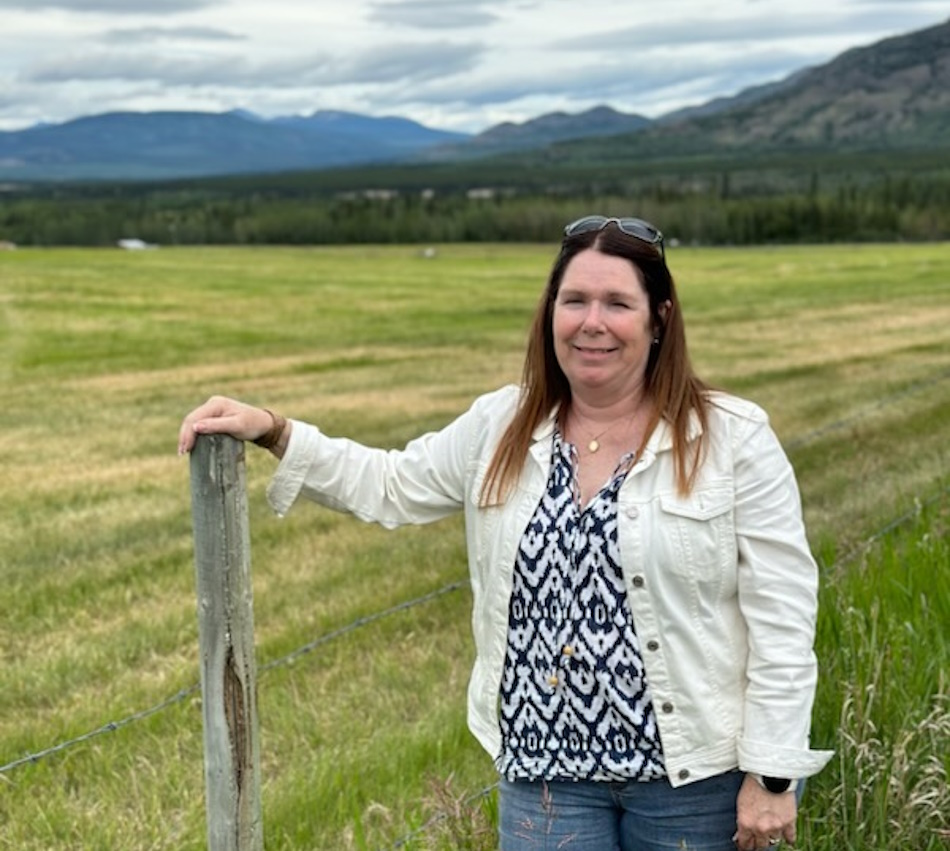While wildfire smoke expected to blanket parts of Manitoba in haze and poor air quality on Saturday, the agricultural impact is only one part of a much more serious situation, says Keystone Agricultural Producers (KAP) president Jill Verwey.
Verwey, who farms near Portage la Prairie, acknowledges smoke-filled skies can sometimes reduce crop stress by lowering sunlight intensity and cooling temperatures during sensitive growth periods. But she says that benefit comes with a heavy cost.
“We’ve seen how it can ease heat pressure on crops,” she says, “but it’s hard to view that as a positive when so many families are being forced from their homes and entire communities are under evacuation.”
With large-scale wildfires displacing people and threatening rural areas in both Manitoba and Saskatchewan, Verwey emphasizes that the focus remains on the human toll—not just on agricultural conditions.
Smoke’s effect on sunlight and heat
"I don’t know if there’s anything positive that can come out of it. It’s awful to work in," notes Verwey. "It’s unbelievable out there to be in it, and to be working in it. It’s not that favourable, but it somewhat kind of acts almost like a cloud."
She adds that smoky skies seem to take the edge off extreme heat, something she recalls observing a few summers ago when wildfires caused similar conditions. This week, she says, temperatures are slightly cooler, which could benefit crops like canola that are sensitive to heat while flowering.

Canola flowers don’t like extreme heat
"Oh yes. Especially if you look at everything flowering — specifically canola — they don’t like intense heat," says Verwey. "If we have 30-plus weather during flowering, that just reduces your yield dramatically."
She explains that more moderate temperatures in the low to mid-20s are ideal during this critical crop stage. "That intense heat really finishes the flowering. If we don’t have a long flowering season, then that decreases the yield on that crop."
Rain would be a welcome relief
While smoke may offer some short-term temperature benefits, Verwey says what producers really need is rain.
"Hopefully the smoke will clear away and we get some rain in the next day or so," says Verwey.
She points out that parts of south central Manitoba and the Interlake region are especially dry. "It might even be too late for some of the hay crop, but it would certainly help with the pastures and dugouts," she says.
CO₂ benefit uncertain
When asked if the carbon dioxide in wildfire smoke might help crops grow, Verwey says she isn’t the best person to ask.
"I am not a plant scientist, so I wouldn’t be able to give you a scientific answer on that," she adds. "But definitely, that’s what your plants take in to grow. They need that, certainly, to do the conversion."
Verwey suggests reaching out to an agronomist, such as Yvonne Lawley at the University of Manitoba, for a more detailed explanation.
Hope rests on upcoming rain
"Some rain would definitely be welcome by everyone right now if we can get it right when the crops are filling," Verwey says.
She remains hopeful that the forecast delivers. "OK, well, hopefully we get that rain that’s coming," she adds.
